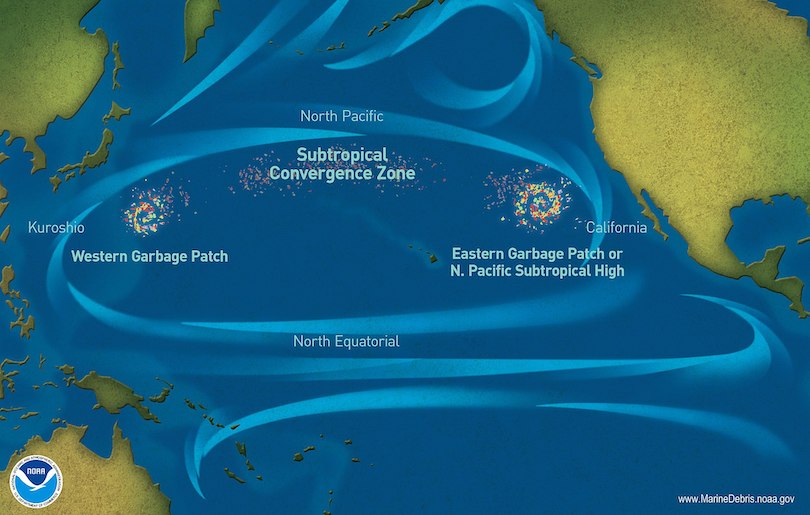
A 124 page report released by the World Health Organization (WHO) is the first major international study to discuss the potential health risks caused by consumption or exposure to microplastics in drinking water. The report found more microplastics present in bottled water than were found in tap water.
“Every day we are ingesting tiny, often microscopic pieces of plastic known as ‘microplastics’ with our food, beverages and the air we breathe,” the report warns.
The WHO began researching the problem after several less conclusive studies detected microplastics in several brands of bottled water. The report noted that the presence of microplastics “appears to be at least partially attributable to the bottling process and/or packaging.” Other sources of microplastics in water include run-off and wastewater effluent.
Bruce Gordon of the WHO’s department of public health, environmental and social determinants of health noted that the overall message of the report was reassuring. “The headline message is to reassure drinking water consumers around the world, that based on this assessment, our assessment of the risk is that it is low.” Routine monitoring for microplastics in drinking water was not recommended by the WHO at this time.
Other medical authorities are more alarmed. Dr. Jon LaPook, CBS News chief medical correspondent and professor of medicine at NYU Langone Medical Center asked questions about the long-term effects of microplastics inside the gastrointestinal tract and throughout the body after the chemicals are absorbed. One concern is that substances created by the bacterial breakdown of plastic could be absorbed into the bloodstream and lead to health problems.
Dr. Stephanie Wright, a research fellow at the MRC Centre for Environment and Health at King’s College London, in an interview with CBS News, expressed concerns that plastic particles could stay within gut lining, end up in the lymph nodes, or potentially enter the blood stream and accumulate in the liver.
Health concerns focus on smaller particles of microplastics. The majority of plastic particles in water have a diameter larger than 150 micrometers and are excreted by the body. Smaller particles are more likely to cross the gut wall and reach other tissues, according to the WHO report.
Even the authors of the WHO report recommend that more research is needed. Jennifer De France, a WHO technical expert and one of the report’s authors noted “For these smallest size particles, where there is really limited evidence, we need know more about what is being absorbed, the distribution and their impacts.”
The use of plastics continues to grow world-wide and plastic production is expected to double by 2025. Particles are released into the environment through industrial run-off, wastewater and degraded plastic waste. Microplastics can now be found worldwide. A study published earlier this year in Science Advances found microplastics in snow in the remote Artic.

More research is needed as individuals unwittingly continue to consume plastics. A study commissioned by the environmental charity WWF International reported that plastic pollution is so widespread that individuals may consume up to five grams a week, basically the equivalent of eating a credit card. The report identified drinking water as the largest source of plastic ingestion.
